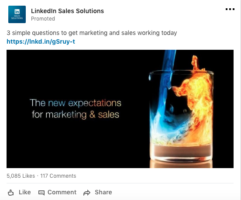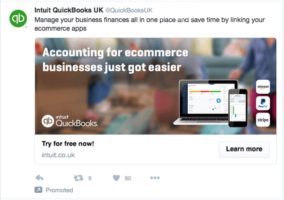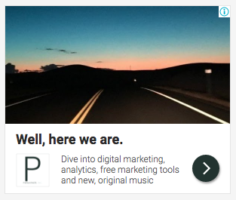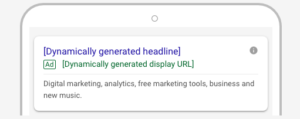The Truth About the Industry No One Very Few Talk About
In 2019, I was invited to keynote at a major marketing conference. It was a well-organized event with a solid turnout. But as I sat through the sessions, one thought hit me hard:
Do I even like marketing anymore?
Why Did I Ask This?
Because I hated most of the presentations.
Speaker after speaker promised instant success:
- “Just follow my method and you’ll get amazing results!”
- “Do this exact thing and watch your business explode!”
- “Go viral on TikTok and make millions!”
It was all empty, tactical fluff. Nothing actionable. Nothing strategic.
I started seeing marketers as obnoxious people—peddling gimmicks rather than delivering real value. And this was the industry I had built my career in for the last 15 years.
The Problem With Modern Marketing
I come from a strategy and analytics background, not the “just go viral” crowd. Too many so-called marketers promise overnight success without understanding real marketing fundamentals.
I’m not that guy.
I don’t sell snake oil. I don’t believe marketing is just about promotions.
Real marketing taps into what customers actually want.
Think about it—how many promotional messages do you ignore every day? Every brand claims to be:
- “The Best”
- “The Fastest”
- “The Most Reliable”
Blah, blah, blah. Vomit.
The problem? Most marketers are just taking orders from non-marketers. They’re not doing real marketing—they’re just executing tactics someone else thinks will work.
And here’s the hard truth:
Unless you’ve done real marketing—meaning analytics, research, and strategy—you have no idea how to market. Sorry, but you don’t.
The Real vs. Fake Marketers
So how do you spot the difference between marketers who drive results and those who just take your money?
Fake marketers say things like:
“We got you a lot of impressions (insert other various vanity metrics here)!”
Excuse me, but what the hell is an impression going to do to feed the CEO’s family?
(And don’t even try to defend impressions—they’re a vanity metric. Period.)
KPIs that actually matter:
- Viable leads
- Pipeline of interest
- Downloads
- Videos watched
- Customers your sales team can actually call
But instead, many marketers are busy making your website and social media look pretty while delivering zero impact on sales.
Why Do They Get Away With It?
Because you let them.
Hold marketers accountable!
You wouldn’t hire an engineer to build a bridge and accept:
“The design looks great! No idea if it can support cars, but it’s REALLY nice to look at!”
Absolutely not.
The best CEOs I’ve worked with say things like:
“Warner, give me 6x ROI in three months or you’re fired.”
Game on.
And guess what? That particular CEO? I earned him 10x in the first month. (He scared me tbh)
Needless to say, he kept us on. And we leveraged that success to negotiate upwards.
This is what I do.
I get paid to make you more money. Win-win.
The Small Niche of Honest Marketers
During this time, I also found a small group of marketers who, like me, were calling out the industry’s BS.
My favorite? The angry Irish-Frenchman and his sidekick, Roger the Rooster.
If you don’t know who I’m talking about, check him out. He’s one of the only ones consistently exposing the shady side of marketing. He deserves a shoutout.
Final Takeaway
Never—never—let a marketer justify their work with impressions/vanity metrics.
That’s the ultimate red flag for bad marketing.
Glad I got that off my chest. Hope you learned something.
Ready to Get Serious?
When you’re done wasting money on bad marketing, give us a call:
📞 (888) 795-0279
Mainsail Agency – When You Want to Make More Money.
More to read? Try Basic Marketing Strategies for Startups










